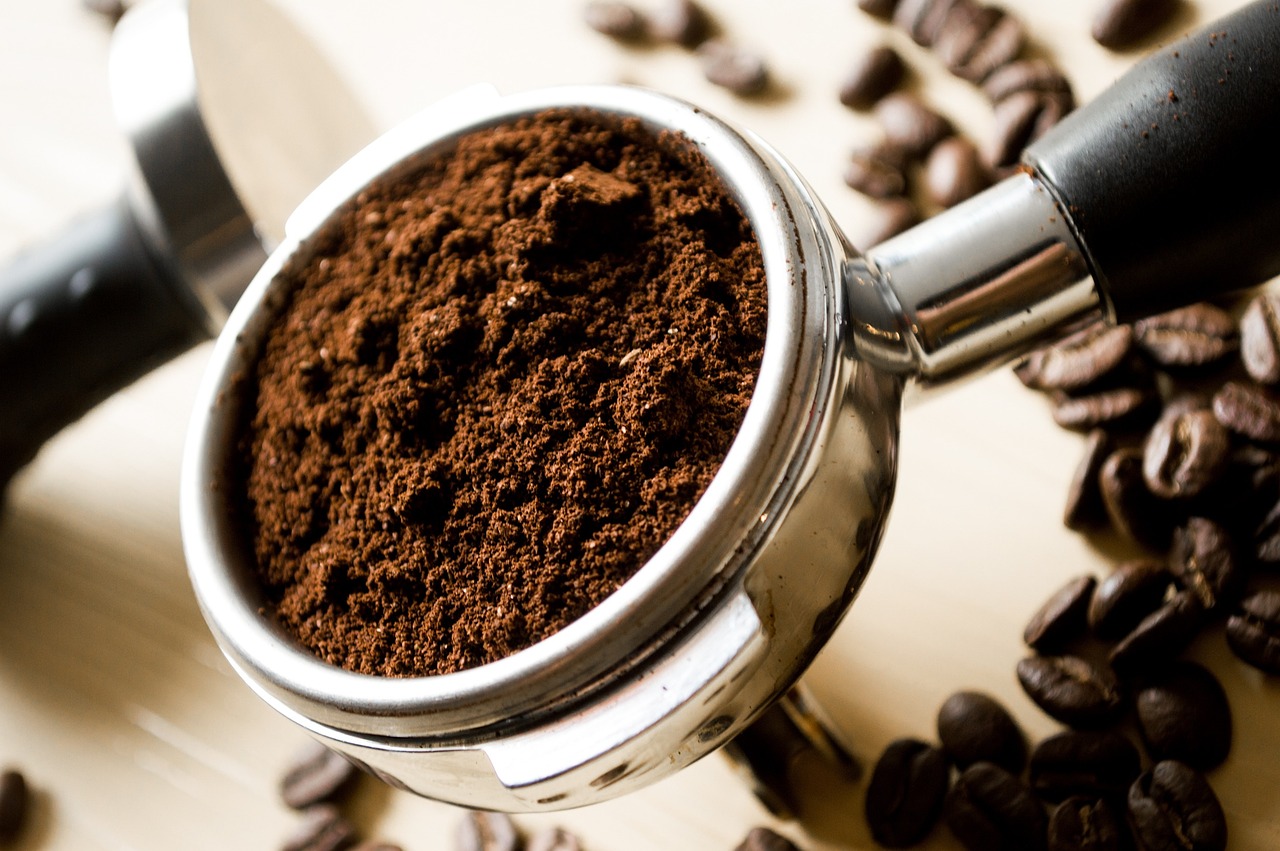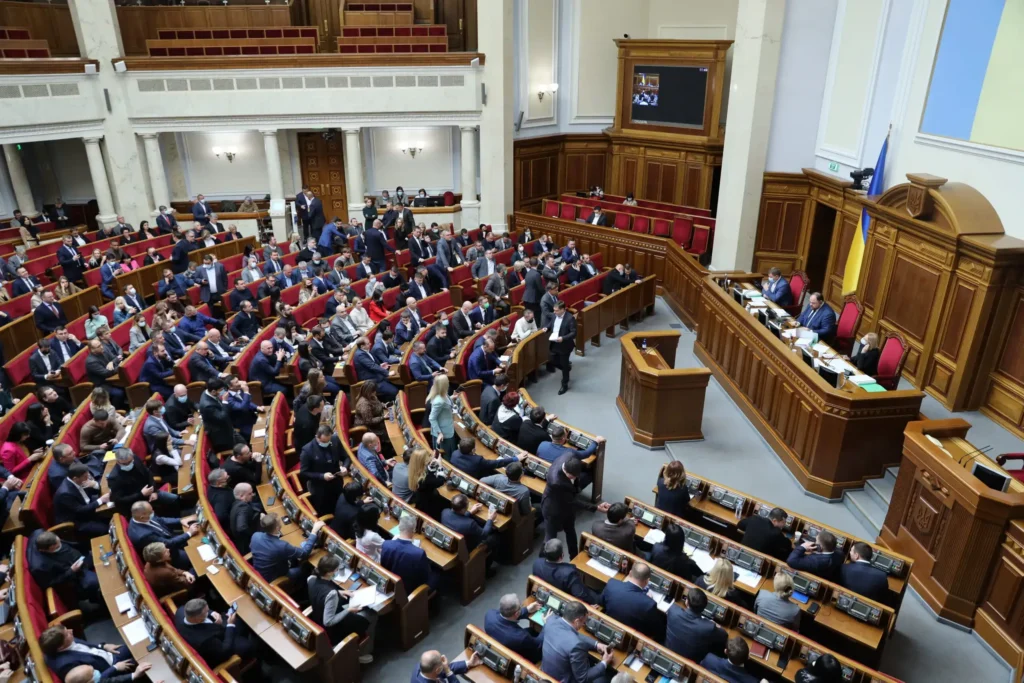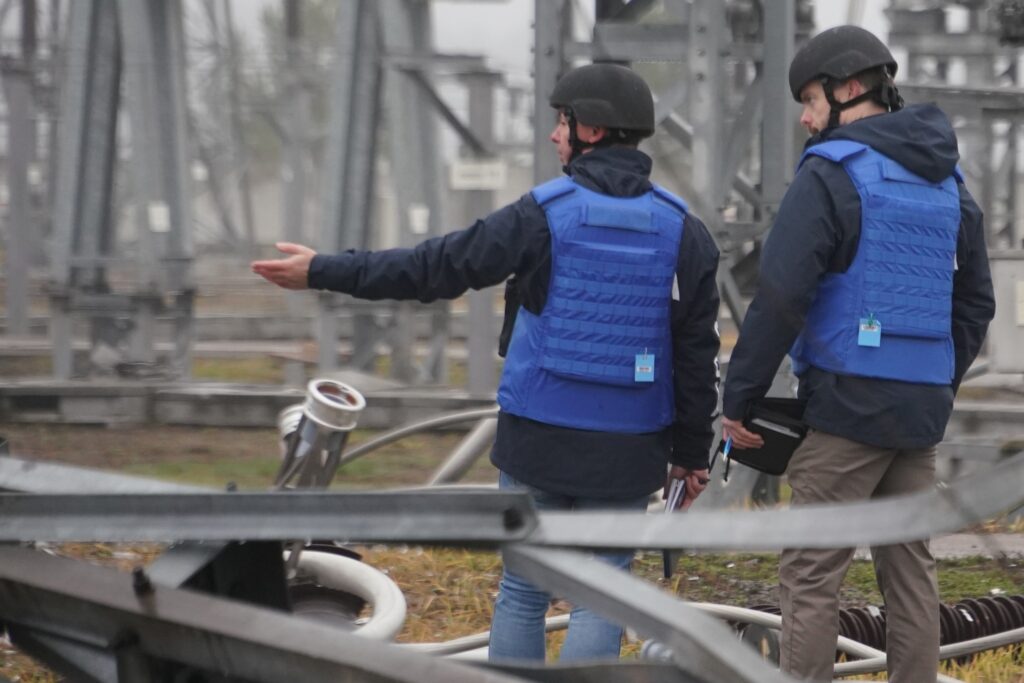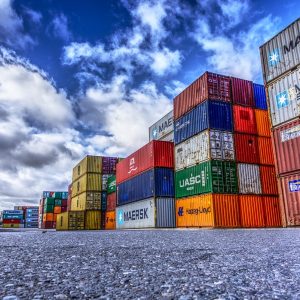Imports dictate the price: will coffee and cocoa rise in price in Ukraine by the end of the year
5 September 18:36 EXCLUSIVE
EXCLUSIVE
Coffee prices in Ukraine continue to rise. Experts predict an increase of up to 40%, citing deteriorating harvests due to drought in Brazil and excessive rain in Vietnam, two of the world’s key coffee bean suppliers. The consequences are already evident in the price of drinks on store shelves: 100 grams of bean coffee can cost about 96 UAH (previously 80 UAH), and a 250 gram pack can cost about 300 UAH, while previously it cost 250 UAH.
Moreover, the price of a cup in coffee shops has increased by 25-50%. Whether we should expect another jump in coffee and cocoa prices by the end of 2025 and whether popular drinks will become scarce for Ukrainians, was analyzed by
Fluctuations on the stock exchanges and the potential for price reductions
The situation on the global coffee and cocoa market is somewhat unstable. In July, prices for arabica coffee declined. They reached their lowest level in the last seven months (~$2.87 per pound), which indicates a possible price correction.
Analysts emphasize that signs of stabilization have begun to appear in the market, and this may mean a favorable turn in price dynamics.
Coffee and cocoa: trends in the domestic market of Ukraine
On supermarket shelves: a significant rise in price of bean coffee, with packs of ground coffee playing an important role in the final price.
In coffee shops: growth rates in the range of 25-50% put a significant burden on consumers.
In the future: a potential decrease in prices in the second half of 2025, if the favorable conditions continue.
The expert explained that the complete dependence of the domestic food market of Ukraine on imports of tea, cocoa and coffee causes a corresponding reaction to the increase in their cost on a global scale. Despite the improvement of logistics support for foreign trade, domestic importing companies and retail chains continue to experience additional risks in the context of full-scale armed aggression of the Russian Federation, and include them in the final price for consumers.
The average price of tea imported by Ukraine amounted to USD 3.54/kg in the first half of 2024. In January-June 2025, it increased by 8% to USD 3.84/kg, forming the basis for further growth in the price of goods on store shelves,” Dukhnytskyi said.
The price of cocoa and chocolate in Ukraine is also growing, as purchases of various raw cocoa products on foreign markets remain unavailable. According to the latest data from the Espresso Opendatabot Index, the price of a cup of this classic drink has risen slightly in Ukraine: from UAH 38.73 in June 2025 to UAH 39.60 in early September. At the same time, the price of coffee in supermarkets increased by an average of 15% over the same period.
Thus, we can now talk about a gradual and slow increase in prices for tea, cocoa and coffee in Ukraine, which is likely to continue in the coming months in the absence of drastic changes in the global market and relatively stable conditions in our own market,” the expert summarized.
Deficit of coffee and cocoa beans: what processes will it trigger in Ukraine
Analysts predict that the domestic market will face the following challenges due to the restrictions on coffee and cocoa bean raw materials:
Economic vulnerability. Ukraine is completely dependent on imports of these goods. Any fluctuations in global markets are directly reflected in domestic prices.
Inability to meet consumer expectations. Despite rising prices, consumption of cocoa and coffee in Ukraine has hardly decreased. On the one hand, this indicates strong demand. On the other hand, economists talk about the risks of a shortage of raw materials to meet the needs of Ukrainians.
Changes in consumer behavior. Ukrainians may start to look at alternatives, such as coffee substitutes or chicory, or buy coffee beans and ground coffee in bulk.
Global coffee and cocoa market in September 2025: crisis gives way to volatility
The global coffee market continues to demonstrate price volatility caused by a number of global factors. The key ones include climate change in the countries supplying raw materials, trade restrictions and record tariffs.
Thus, starting from September 1, 2025, the largest roasting companies in Brazil – 3 Corações and Melitta – increased wholesale prices by 10-15% for roasted and instant coffee. The reason is a sharp rise in the cost of raw materials and an increase in duties on shipments to the United States.
The situation on the stock exchanges also remains nervous: Coffee C futures for September fell by 1% to $3.70 per pound, but in general, in 2025 the price of arabica has already increased by more than 20% (after a 70% jump in 2024).
Analysts predict a possible correction by the end of the year, but emphasize that it all depends on the harvest in South America and the internal stability of Vietnam, which is also experiencing a decline in production.
Retailers and coffee shops around the world are already changing their pricing policies: some brands are switching to cheaper varieties, while others are reducing packaging volumes. At the same time, demand remains high, albeit with a change in consumer behavior.
Read also: World coffee prices are entering a series of growth that has not been seen since 1980
Cocoa: a decline after the peak, but the shortage has not yet been overcome
In 2025, the world witnessed the deepest cocoa crisis in decades. Due to drought, tree diseases, and logistical disruptions in West Africa, the 2023-2024 harvest fell to 4.37 million tons, which is 12.9% less than last year (the lowest in 8 years).
At the beginning of 2025, the stock price of cocoa reached $10,766 per ton, breaking records for the last sixty years. This caused a shock to chocolate producers and led to massive reductions in the range of products.
In September, the situation improved somewhat: the average price fell to $7,205 per ton, which is 26% less than the peak. The reason is the expected improvement of the harvest in Côte d’Ivoire and Ghana, as well as the softening of global demand. However, even after the decline, cocoa is 60-70% more expensive than before the crisis.
Futures for December and March 2026 are trading slightly lower, indicating that the market is inclined to stabilize, but not to return to pre-crisis levels.
Global outlook for coffee and cocoa: what the world can expect
Both coffee and cocoa remain at risk due to climate change, geopolitics, and logistical imbalances. Analysts predict that the coffee market may enter a stabilization phase in the last quarter of 2025, if there are no new climate disasters.
Дивіться нас у YouTube: важливі теми – без цензури
In turn, the situation on the cocoa market remains tense: even with the recovery of harvests, the shortage has not yet been overcome, and high prices will remain at least until mid-2026.
Читайте нас у Telegram: головні новини коротко









